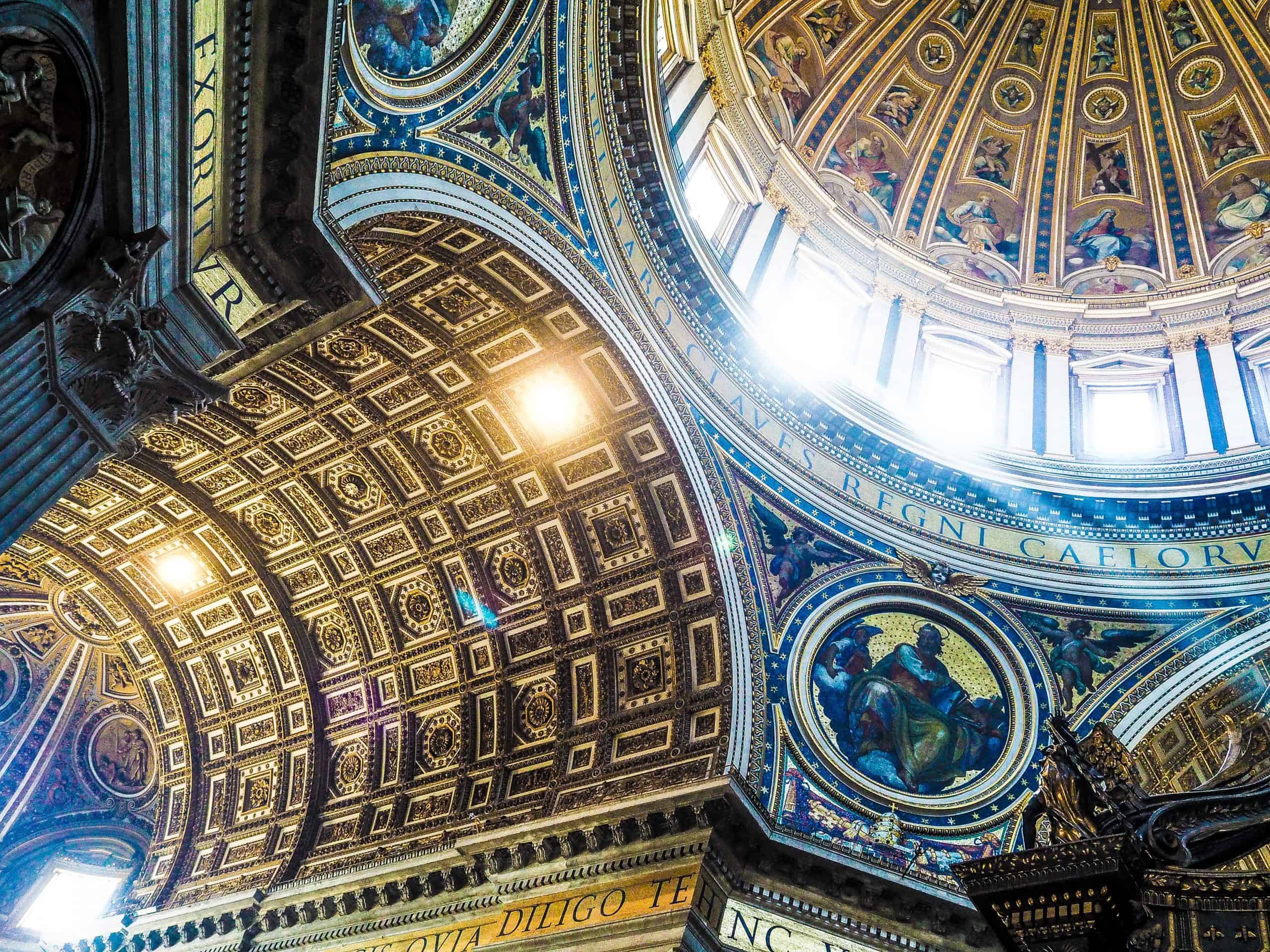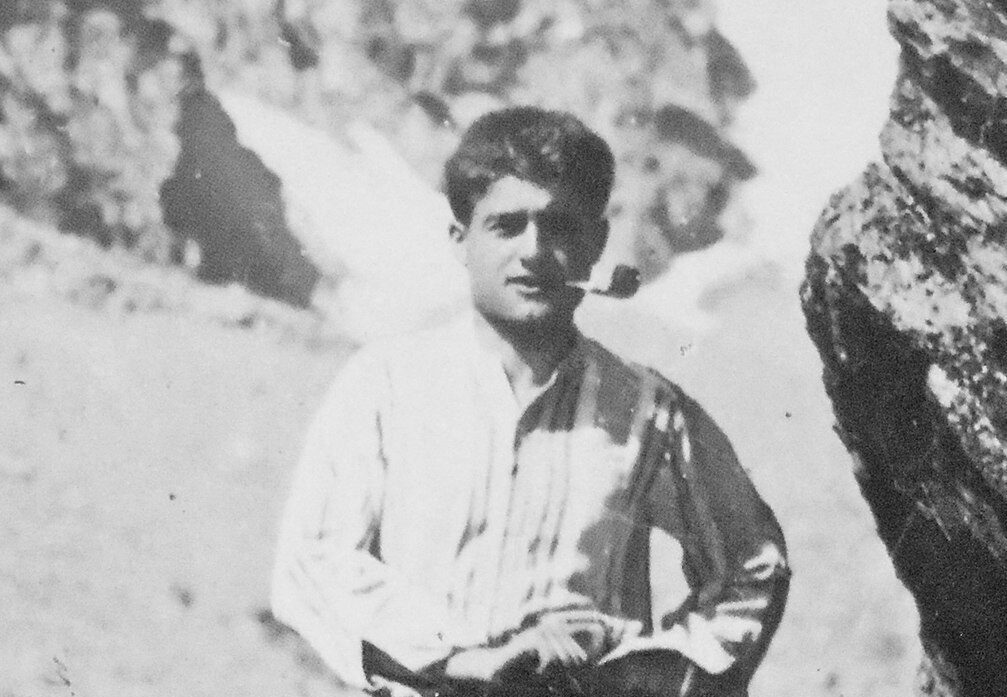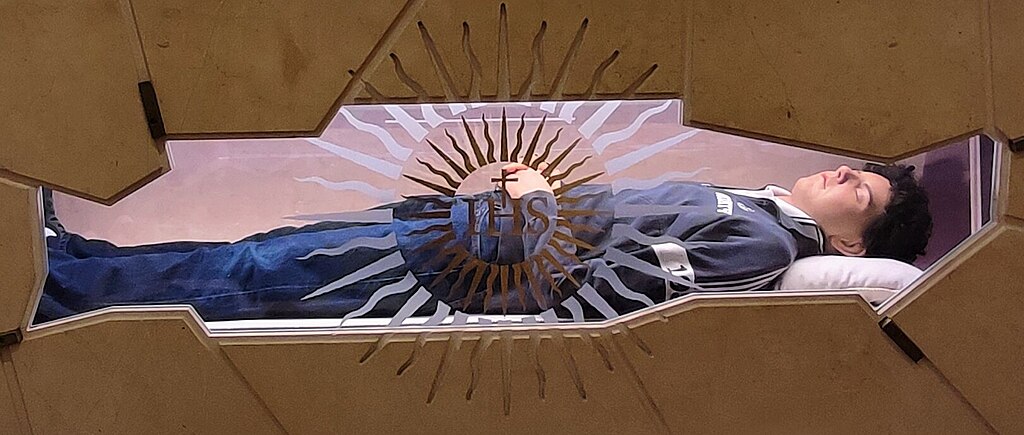Thinking of visiting some Catholic pilgrimage sites? The most popular destinations likely come to mind first — the Holy Land, Rome, the Camino. But it’s also helpful to think about the types of Catholic pilgrimage sites out there. And there are countless opportunities.
Discover more about the kinds of sites you should explore as a Catholic, as well as an important location in each category.
Places Where Jesus Lived and Ministered
The closest you’ll ever be to God’s entrance into this world in flesh and blood is through a visit to the many sites that dot the Middle East — the Holy Land. Spread over Israel, the Palestinian territories, Jordan, Egypt, and Syria, there are many, many sites to visit. Examples include Jesus’ birthplace in Bethlehem, where he grew up in Nazareth, his ministry around and on the Sea of Galilee, and his death and resurrection in Jerusalem.
This pilgrimage often brings about unexpected experiences, and, for many, is difficult to put into words. Some describe life-changing spiritual experiences, some comment on the “ordinariness” of the sites that bring out Christ’s humanity, and some say they will never read Scripture the same way again. It’s truly something that has to be done in the flesh to be fully experienced, and we hope you will someday.
Key Location: Basilica of the Holy Sepulchre, Jerusalem
If we could only pick a single location to visit in the Holy Land, it would be an impossible call. But time and time again we’ve seen pilgrims impacted in the deepest way through a visit to the Basilica of the Holy Sepulchre in Jerusalem. Within this centuries-old, massive structure lies the believed location of Calvary where Jesus died, and an altar directly above where Jesus is believed to have been buried. In other words, the empty tomb of Jesus and the spot of the Resurrection.
With Verso, you’ll also get to experience Mass here. In fact, some of our groups have even been fortunate enough to have been granted access to the tomb long enough to hold Mass inside. And if your time there isn’t enough, you also have the option of staying inside overnight to pray, reflect, and worship.
Shrines of Saints
Unlike the last category, sites dedicated to saints number in the thousands and are all across the globe. A shrine is typically located where a saint lived, died, or was buried. Some shrines mark the place of a sacred event involving the saint.
Often, shrines have a spiritual purpose inspired by the remembrance of a saint. Depending on the story of each saint, each shrine highlights a different aspect of God’s presence and movement in our world today. Some shrines are associated with healing and reconciliation, others reveal God’s simplicity or steadfastness. But all shrines help lead us to holiness.
Key Location: St. Peter’s Basilica, Vatican City
The largest church in the world and a triumph of Renaissance architecture, it is also home to tombs of both Pope St. John Paul II and Pope St. John XXIII. Not to mention, it’s built on top of the burial site of St. Peter himself. You can find both of these saintly Popes under altars in the main body of St. Peter’s Basilica. Once you’ve explored St. Peter’s, Rome is home to countless spots dedicated to saints you’ll want to check out.
Marian Apparition Sites
There have been hundreds of catalogued stories of the Blessed Virgin Mary appearing to people during the last 2,000 years. A handful of them have been approved by the Vatican, and many more have sites dedicated to them. A few are visited by millions each year.
The most important thing to remember while visiting any Marian site is the way in which Mary points us to her son, Jesus. Through Mary, we see a perfect example of humility, love, and openness to God’s invitation, no matter the cost.
Key Location: Our Lady of Fátima, Portugal
Over 100 years ago, three shepherd children saw a woman “brighter than the sun,” who asked them to devote themselves to the Holy Trinity and pray the Rosary every day. It would be the first of several encounters with the Blessed Virgin Mary for these children. News quickly spread and it soon became a well-traveled pilgrimage destination. Today, the Sanctuary of Our Lady of Fátima is a large complex visited by millions each year. Pilgrims can join in the nightly, candle-lit prayer and visit the Chapel of the Apparitions, built over the spot where the children first were visited by Mary. Verso will make this pilgrimage in 2023 as we will also attend World Youth Day in nearby Lisbon.
Places of Healing
At times overlapping with shrines of saints and Marian apparition sites, but still a category of their own, healing sites include the shrines, basilicas, and natural locations that Catholics have long traveled to experience healing.
It’s easy to think of these locations, such as Our Lady of Lourdes in France or St. Joseph’s Oratory in Montreal, Canada, as primarily places of physical healing. But they represent far more. Pilgrims across the globe travel to these places for emotional healing, to mourn loss, for spiritual renewal, and to offer up intentions of all kinds for loved ones.
Key Location: Our Lady of Lourdes, France
St. Bernadette discovered a spring that still flows today after a visit from Mary in 1858. Today anywhere from four to six million pilgrims go there each year to touch its healing waters and experience spiritual renewal. Far from a small site, the Sanctuary of Our Lady of Lourdes contains several churches, the Grotto where the original visions took place, taps to drink the water, and other places of worship. Of course, it is also a staple of Verso’s own pilgrimages to France.
Spaces for Prayer and Silence
Many people think of sightseeing, guided tours, and learning about special places when they think of pilgrimage. And certainly, that’s all there. But some of the most meaningful pilgrimages can come from inviting the presence of less, rather than more. Whether it’s cathedrals during off-hours, monasteries, or nature trails, pilgrimage often encourages us to invite God into our quiet moments.
Key Location: The Camino de Santiago, Spain
One of the world’s most famous pilgrimage locations is also one centered around silence, walking, and simply being. The Camino is a path that stretches mile after mile through the North of Spain. Yes, there’s conversation and fellowship to be had, but the beauty of the Spanish countryside, and the sheer amount of walking, encourages silence, meditation, and reflection. It’s no wonder that pilgrims will devote days, weeks, and even months to following this storied path. Verso opts to do the final 100km over the span of a week, a good amount of time for a pilgrimage and long enough to get your official Camino certificate.
Religious Communities
As long as Catholic orders, monasteries, and cloisters have been around, many have opened their doors to allow others to experience their intentional communities. Some allow you to stay there for days, joining in the silence, prayer, and liturgies the community has to offer. Some provide opportunities to listen to the voices of those who live there. Others will offer meals and fellowship. Each religious community has their own “flavor”, with a unique set of religious values, practices, and ministries. While some are more active, running soup kitchens or homeless shelters, others are more prayerful, praying for hours each day in silence and contemplation.
Key Location: The Abbey of Gethsemani
The Abbey of Gethsemani is a Trappist monastery in Kentucky, and once called home by Thomas Merton, one of the most prolific and famous spiritual writers of the 20th-Century. Guests can spend just a few hours, a day, or even an entire weekend there. One-on-one sessions with monks, miles of nature trails, liturgies, and spaces that encourage prayer and contemplation are all here. These retreats and visits are unstructured, unguided, and let visitors make their own pilgrimage experience. A surprising bonus — the monks here make incredible fruitcake and fudge, all of it from scratch, and some of it made with Kentucky bourbon.
Local Sites
Sometimes (like in the middle of a global pandemic) your local pilgrimage site is the best site. Catholic sites are everywhere, and with a little digging you’re likely to find several opportunities nearby. Even visiting a church you’ve never been to can be a pilgrimage experience. Of course, you can also find local trails, parks, and other natural places to go and pray, reflect, and enter into your own pilgrimage.
Key Location: Notre Dame, Indiana
The University of Notre Dame campus in South Bend, Indiana, is just steps away from the Verso Ministries office and the perfect opportunity for a local pilgrimage. Pilgrims can visit the famous Grotto (a replica of the grotto at Lourdes), a shrine honoring the events at Fátima, a statue of Mary’s Seven Sorrows, and much more. Read a reflection on one of our own pilgrimages to Notre Dame here.
Where Will You Go?
As you’ve probably discovered by now, the opportunities for pilgrimage are endless. It’s why we know pilgrimage to not be a “once-in-a-lifetime” trip, but a way of traveling and exploring that lasts a lifetime. And with each spot, there’s a different facet of God to be discovered, new people of faith to meet, and a growing appreciation for the amazing world in which we live.
To start planning your next international pilgrimage, explore Verso’s current destinations. We can’t wait to see where pilgrimage will take you.




